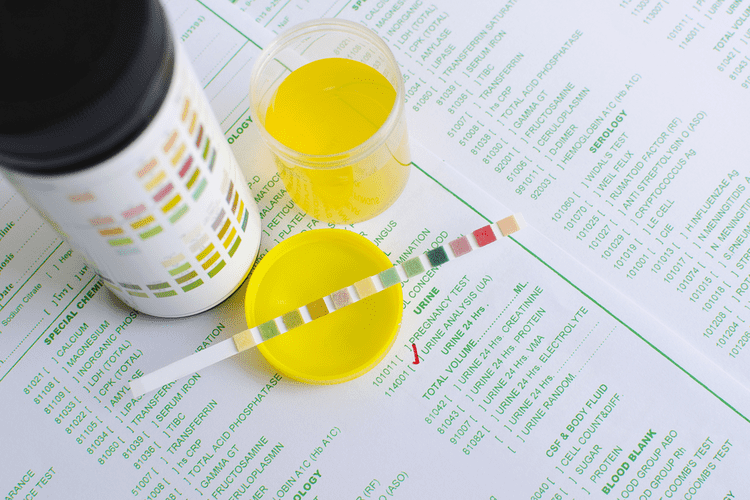But these factors don’t necessarily translate to a longer rehabilitation period for one gender over the other. Therefore, while individual experiences can differ, there’s no conclusive evidence to suggest that drug rehab inherently takes longer for men than for women. A 28- or 30-day rehab is a common type of treatment program that offers varying levels of care to meet a person’s needs.

Symptoms of withdrawal may linger anywhere from six months to years after last use. The cost for this program is usually the lowest, and insurance may or even may not be needed. While naloxone has been on the market for years, a nasal spray (Narcan, Kloxxado) and an injectable form are now available, though they can be very expensive. Whatever the method of delivery, seek immediate medical care after using naloxone. In an opioid overdose, a medicine called naloxone can be given by emergency responders, or in some states, by anyone who witnesses an overdose.
Understanding The Length Of Treatment
Addiction alters the chemistry of the brain, causing drastic changes the longer someone uses a substance. Therefore, the process of getting treatment and reaching long-lasting sobriety may take an extended period to reverse these changes. Another reason a longer rehab program can be beneficial is because it allows individuals who struggle with addiction the opportunity to work on the root causes of the addiction. In order to successfully overcome an addiction, the individual must understand why they are using substances. In contrast with relatively short treatment programs, longer addiction rehab program may provide individuals in treatment with the chance to more deeply explore the factors that contributed to their substance dependence. Rehab services for addiction provide support from trained staff, can attend to mental health issues alongside treatment for substance use, and can provide the tools that are needed to build a drug-free life.
Insufficient experience or skill deficits are other common hurdles. Research has identified relapse patterns in adolescents and adults recovering from addiction. In one study, two-thirds of the adults relapsed in social situations in which they experienced urges After-Work Wine: The Dangers of Drinking to Cope with Stress and temptations to drink or use. One third experienced relapses when they were experiencing negative emotions and urges to drink/use. By contrast, most adolescents relapsed in social settings when they were trying to enhance a positive emotional state.
Does relapse to drug use mean treatment has failed?
The person’s health is also taken into account, both physical and mental, as well as their response to treatment, how motivated they are to achieve sobriety, and any relapses they’ve experienced. At every step of the way, support from friends, peers, and family is useful, but there are also many services and organizations that provide guidance., and many can be accessed through Recovery Community centers. The Diagnostic and Statistical Manual of Mental Disorders (DSM) avoids the terms addiction and recovery. Sustained remission is applied when, after 12 months or more, a substance is no longer used and no longer produces negative life consequences.
In addition, there are nonprofit organizations such as American in Recovery and the National HIRE Network that specifically help those with addiction or criminal history to find work. Usually for a substantial fee, career transition services help executive and higher-up employees define career goals https://accountingcoaching.online/alcoholic-ketoacidosis-wikipedia/ and help with job searches. Many treatment programs have partnerships with area businesses to hire those in recovery. And one measure of a comprehensive substance abuse treatment program is the help it offers to enrollees to identify their interests and find and build a meaningful career path.
